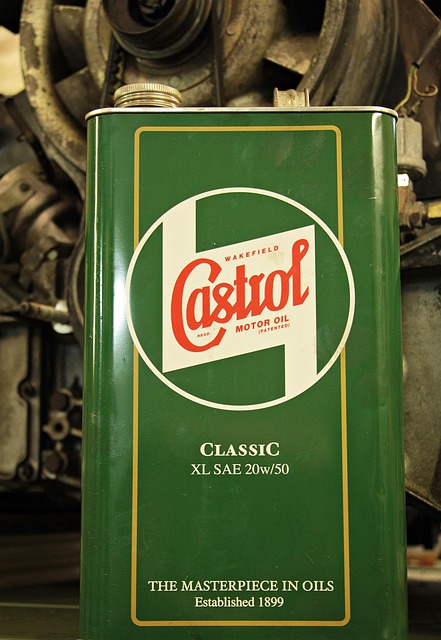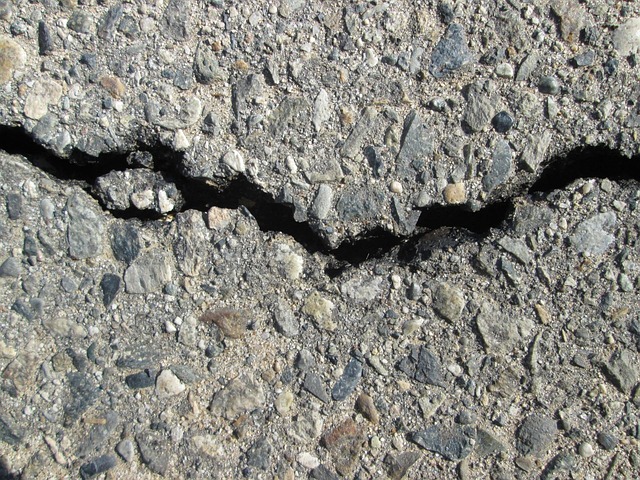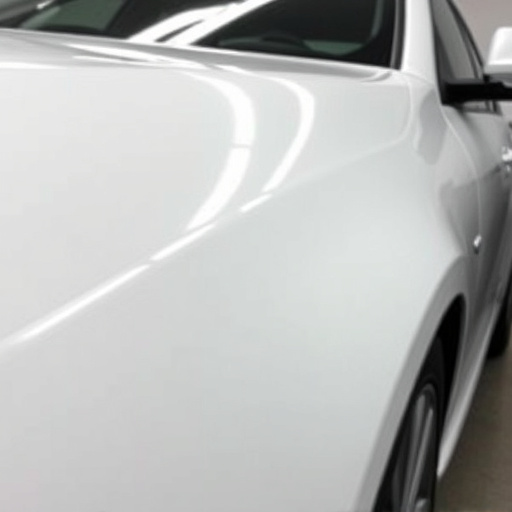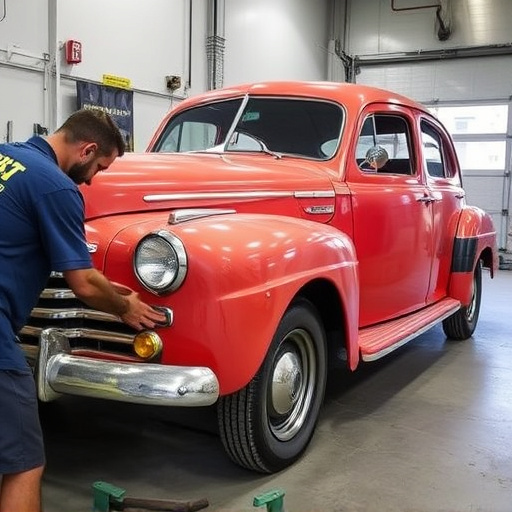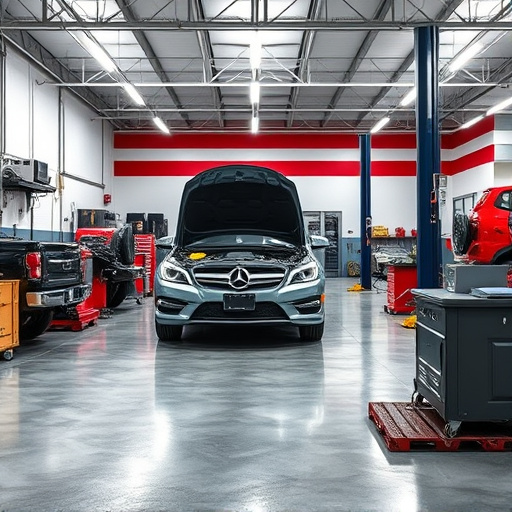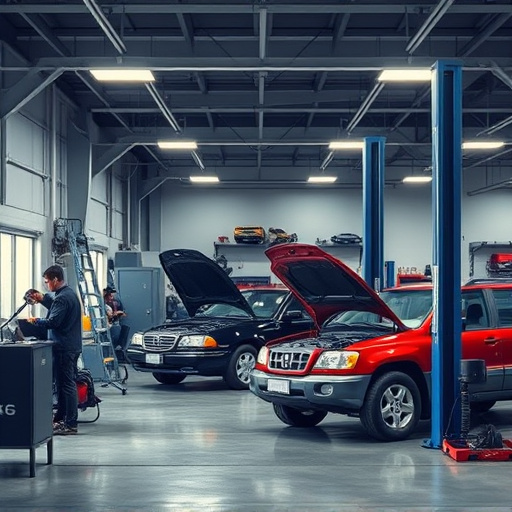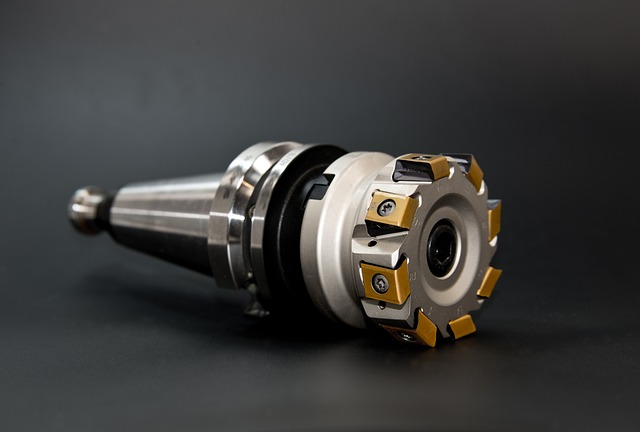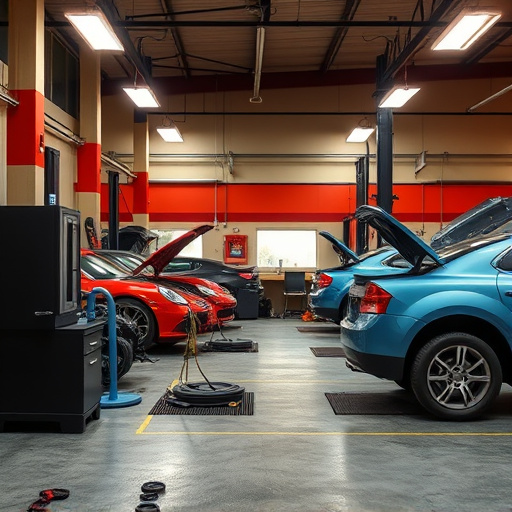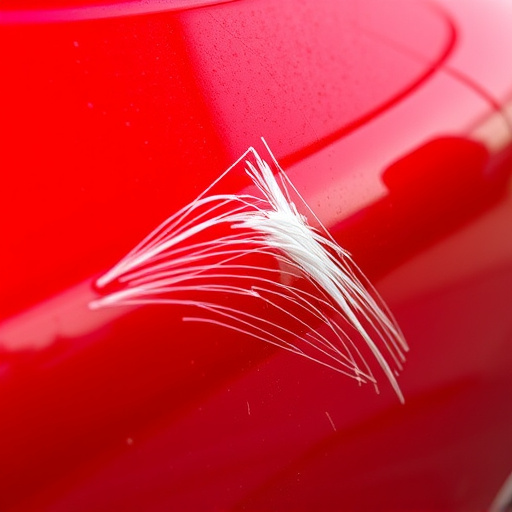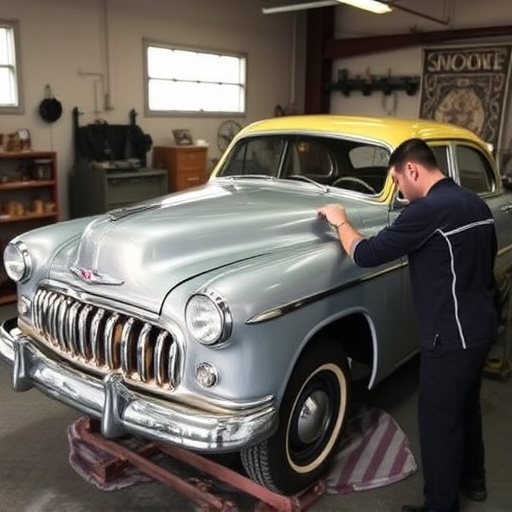Evaluating dent repair costs for aluminum or steel panels requires considering several factors, including severity and size of the dent, access to damaged areas, material type (aluminum's delicate nature vs. steel's durability), labor costs, and potential need for paint services. Aluminum is easier to repair but may require more upkeep; steel is harder to work with but offers better long-term strength and durability at potentially higher upfront costs. Comparing costs involves balancing base material prices, repair complexities, and panel replacement considerations. For minor dents, both materials offer cost-effective repairs, but severe cases necessitate professional consultations for accurate estimates and guidance on maintaining vehicle resale value.
“Curios about the financial implications of repairing car dents, especially on aluminum vs steel panels? This guide breaks down the key cost factors influencing dent repair. We delve into the unique properties of each material and how they affect repair processes and expenses. By comparing aluminum and steel panel repairs, you’ll gain insights to make informed decisions based on your budget and vehicle’s specific needs. Understanding these variations in dent repair cost is crucial for efficient vehicle maintenance.”
- Understanding the Cost Factors for Dent Repair
- Comparing Aluminum and Steel Panels: Properties and Repairs
- Exploring Cost Differences and Choosing the Right Option
Understanding the Cost Factors for Dent Repair

When evaluating dent repair cost for aluminum or steel panels, several factors come into play. These include the severity and size of the dent, access to the damaged area (which can be more complex with curved or intricate panel shapes), and whether the panel is a common or specialized part. Labor costs also vary significantly depending on whether you’re dealing with an auto detailing shop offering specialized services or general car repair facilities with different pricing structures.
Additionally, the type of material – aluminum being lighter but potentially more delicate than steel – can impact both the repair process and cost. Specialized techniques and materials may be required for aluminum panels to ensure a seamless finish that matches the rest of the vehicle. Car paint services might be needed as part of the repairs, adding another layer to the dent repair cost calculation. Remember that these factors can greatly influence the overall price, making it essential to get estimates from multiple car repair services before making a decision.
Comparing Aluminum and Steel Panels: Properties and Repairs

Aluminum and steel panels, though both common in automotive construction, have distinct properties that impact their dent repair costs and overall maintenance. Aluminum, known for its lightweight nature and excellent corrosion resistance, is easier to work with during repairs due to its malleability. This allows for more straightforward fixings, such as hammering out dents or using specialized tools to smooth out imperfections. However, aluminum panels can be more susceptible to long-term damage from rust, necessitating regular maintenance.
On the other hand, steel panels offer superior strength and durability compared to aluminum. They are also more commonly used in car construction, making them readily available for replacement parts. While steel is generally harder to work with due to its rigidity, advancements in car collision repair techniques have made dent removal and body restoration more accessible. Comparatively, the dent repair cost for steel panels might be slightly higher than that of aluminum, factoring in the specialized equipment and expertise required to effectively address damage without compromising structural integrity. Car repair services often find that steel repairs can require more time and precision but ultimately serve as a reliable long-term solution.
Exploring Cost Differences and Choosing the Right Option

When comparing dent repair costs for aluminum versus steel panels, it’s crucial to understand the inherent differences in materials and their impact on pricing. Aluminum, being a lighter alternative, often has lower base costs associated with it due to its widespread use in various industries. However, the complexity of repairing dents in aluminum can significantly influence the overall expense. This is because aluminum panels tend to dent more easily and can require specialized techniques to restore them to their original state. On the other hand, steel panels, while potentially more expensive upfront, offer better resistance to dents and often have simpler repair processes, leading to potentially lower labor costs at an auto collision center or auto body shop.
Choosing the right option depends on several factors, including the extent of the damage, your budget, and the availability of specialized services in your area. For minor dents, both aluminum and steel can be repaired cost-effectively at a reputable auto body shop. However, for more severe cases, particularly involving deep or complex dents, consulting with professionals is essential to get an accurate estimate. They can guide you on whether replacing the panel might be more economical than repairing it, especially when considering the long-term durability and resale value of your vehicle.
When considering dent repair costs, understanding the unique properties of aluminum and steel panels is key. Aluminum offers a more affordable option with faster repair times due to its flexibility, while steel panels provide superior strength and durability at a slightly higher cost. The choice depends on your budget, vehicle model, and desired repair speed. By evaluating these factors, you can make an informed decision regarding the best dent repair method for your aluminum or steel panel vehicle, ensuring both aesthetic satisfaction and financial savings.
